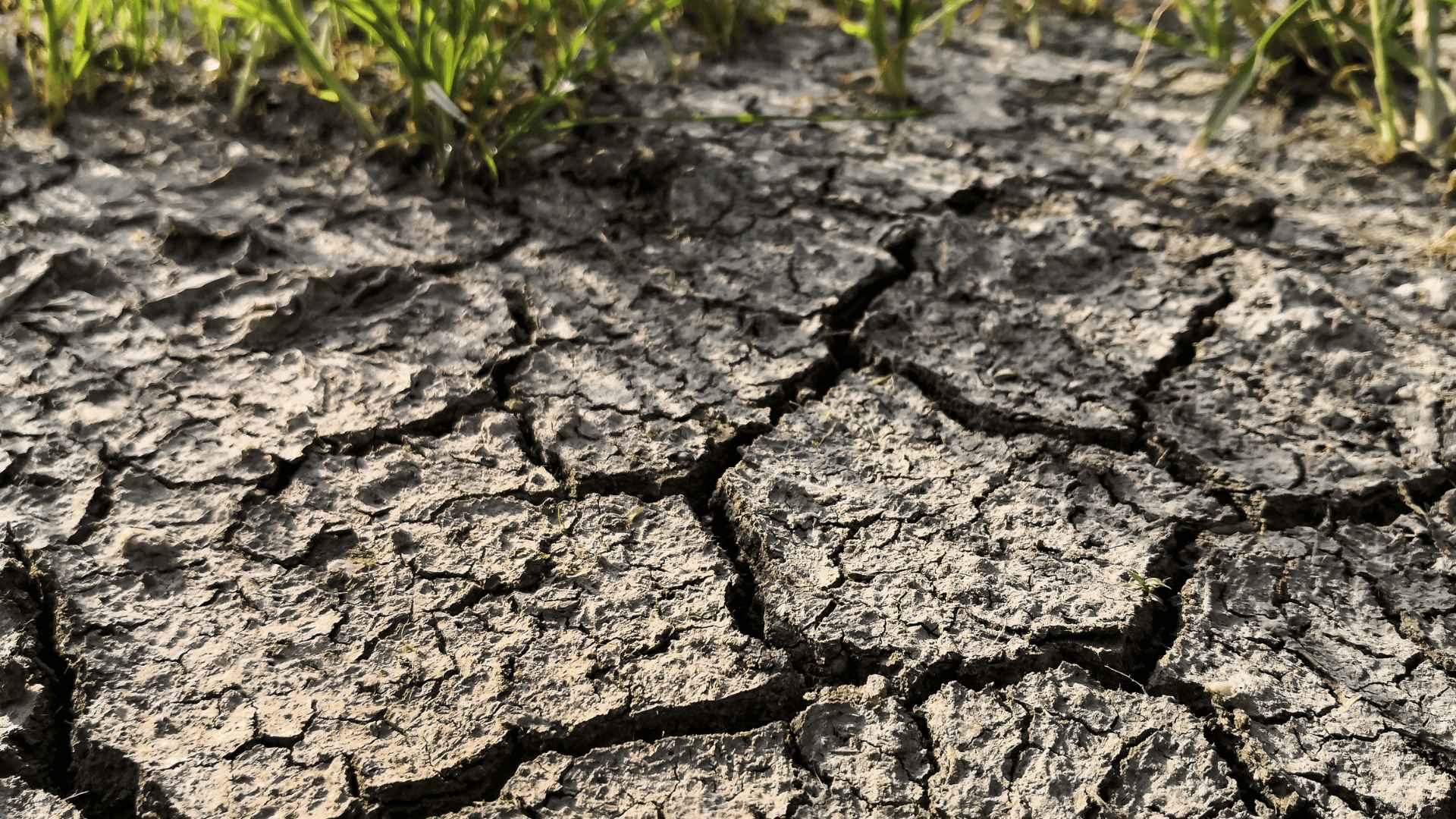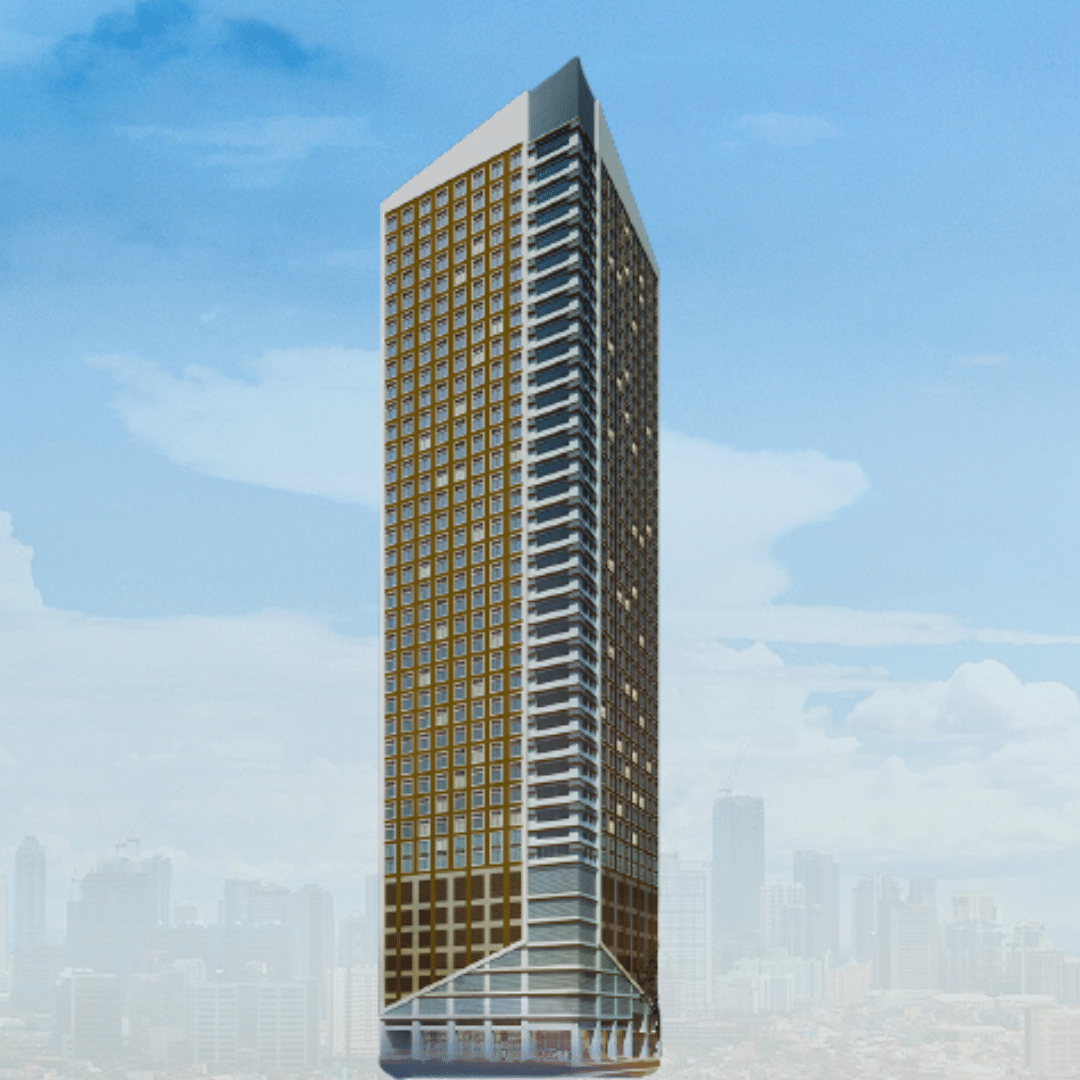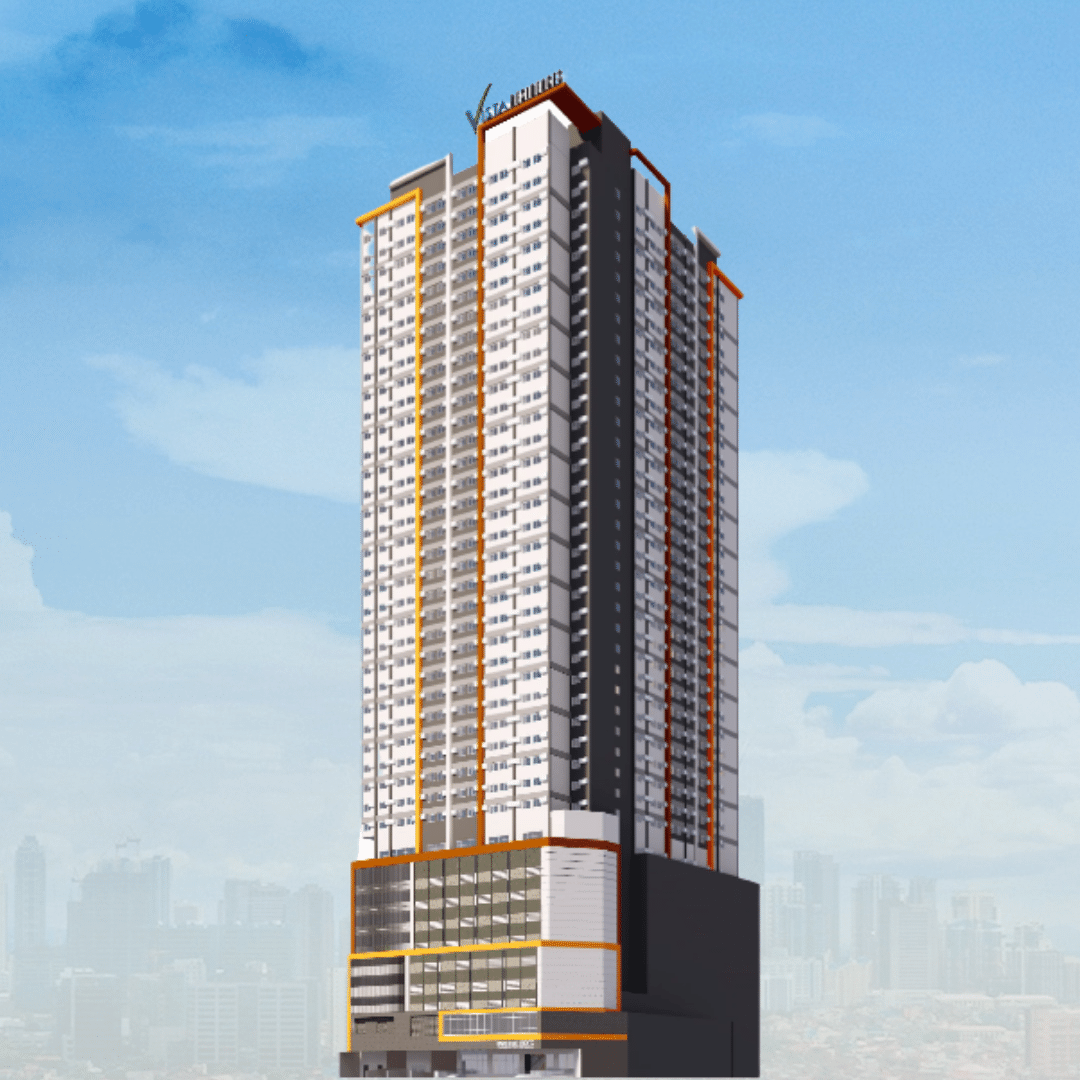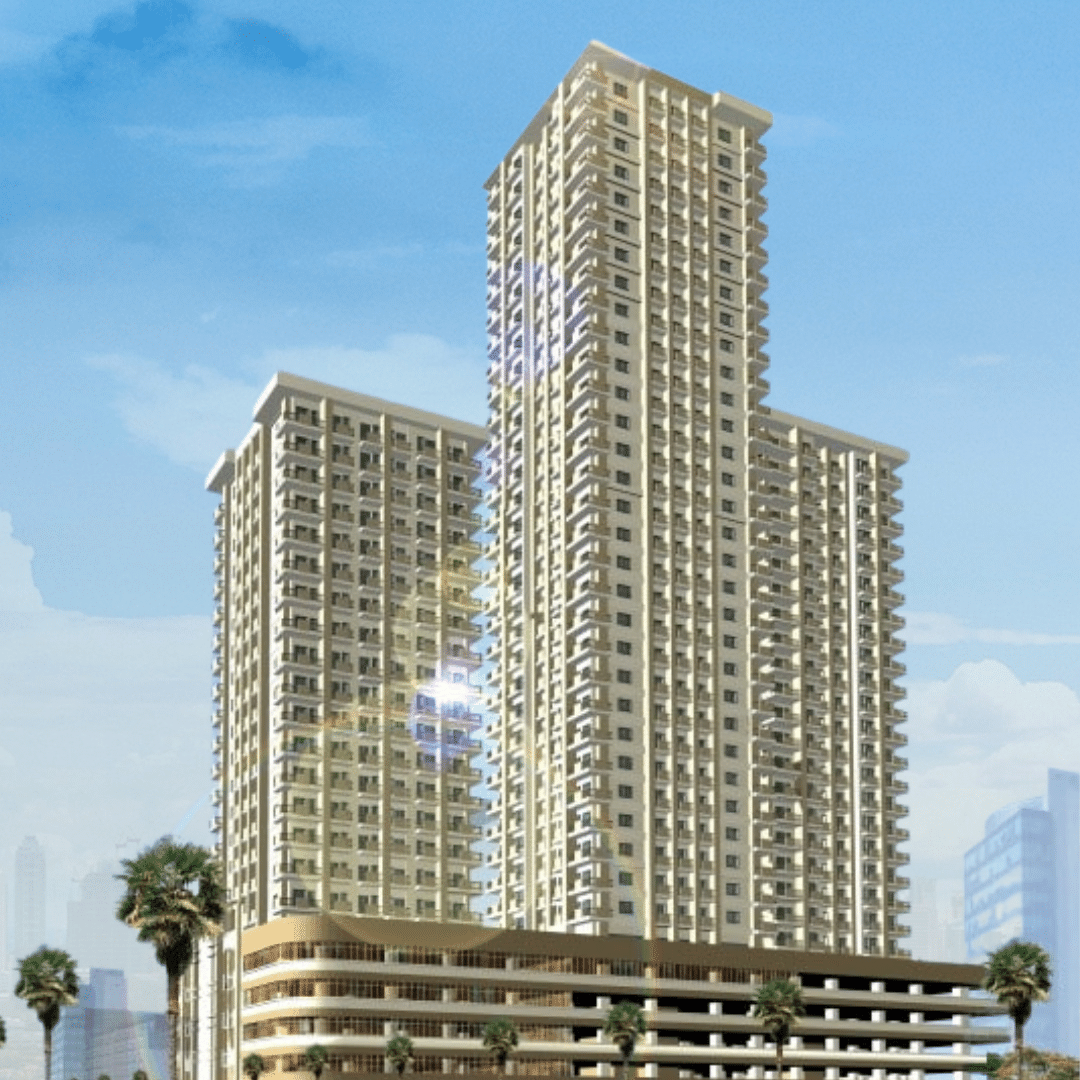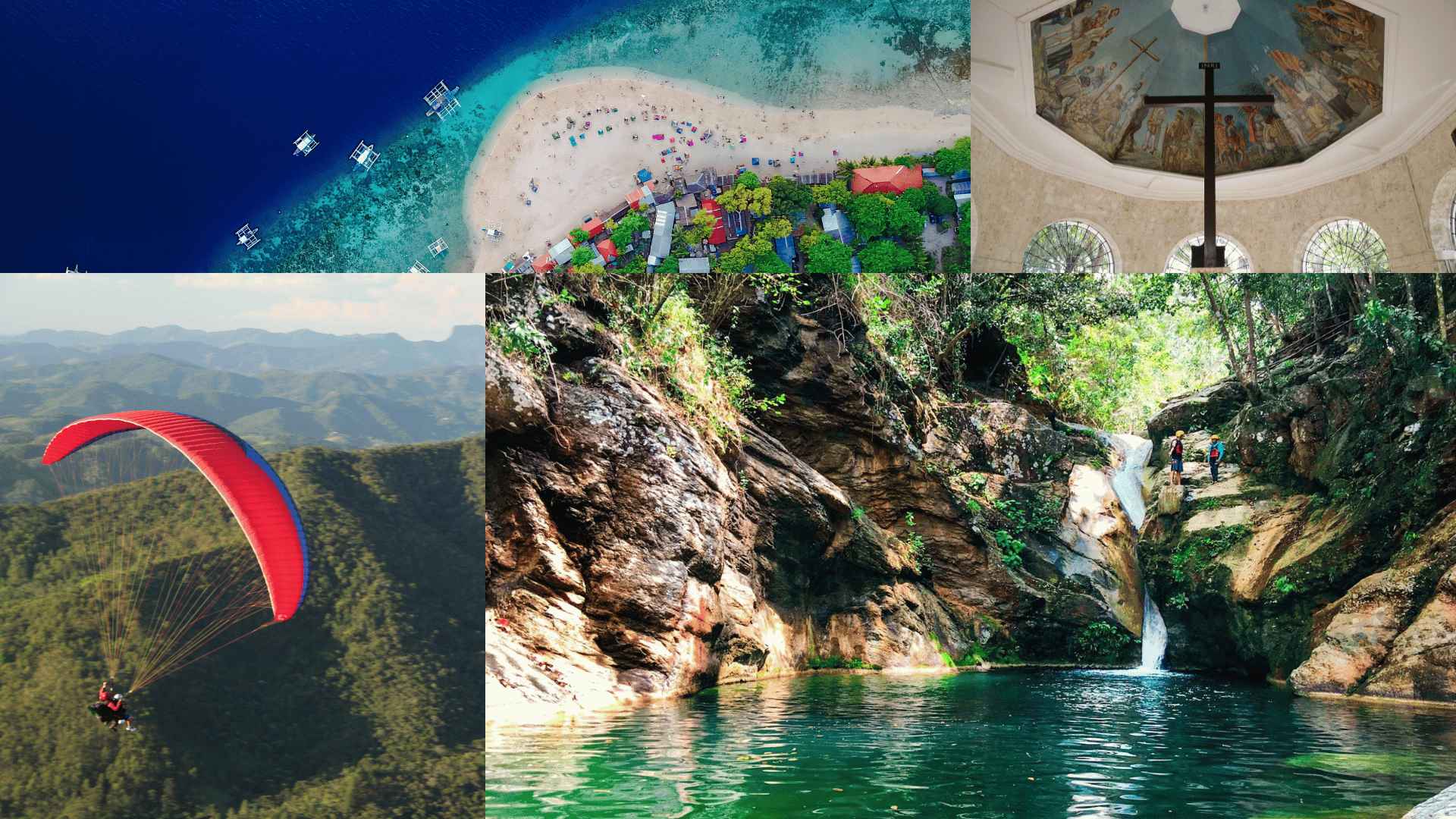El Niño is a climatic phenomenon characterized by abnormal warming of the sea surface temperatures of waters in the central and eastern Pacific Ocean.
This weather pattern disrupts the typical atmospheric circulation, leading to widespread impacts on weather systems across the globe.
In this article, we will delve into the meaning of El Niño, its impact on the Philippines, the causes behind its occurrence, and what we can do to mitigate its effects.
We will also explore related concepts such as El Niño events, the El Niño Southern Oscillation (ENSO), La Niña events, and the importance of forecasting El Niño conditions.
Understanding El Niño
El Nino, meaning "the little boy" or "Christ Child" in Spanish, refers to a climate phenomenon characterized by abnormal warming of the surface waters in the central and eastern tropical Pacific Ocean. This disruption in atmospheric circulation patterns leads to global weather changes.
In the Philippines, El Niño has significant implications, resulting in reduced rainfall, increased global temperatures, drought conditions, and adverse effects on agriculture, water resources, and ecosystems.
The effects of El Niño vary from one place to another due to the complex interactions between the ocean and the atmosphere across different regions.
In South America, the impact of El Niño is particularly significant. During El Niño events, the normal upwelling of cold, nutrient-rich waters along the western coast of South America weakens. This leads to reduced fish populations, affecting the livelihoods of coastal communities dependent on fishing.
In contrast, the effects of El Niño in the Western Pacific Ocean can be quite different. The western Pacific experiences suppressed rainfall, resulting in drought conditions. Countries such as Australia and Indonesia may face water scarcity, reduced agricultural productivity, and an increased risk of wildfires.
The eastern Pacific, particularly the West Coast of the United States, can experience unique impacts during El Niño events. These include altered weather patterns with increased precipitation and storms. This can lead to flooding, coastal erosion, and the disruption of marine ecosystems.
El Niño events have significant implications for weather conditions, particularly in the Philippines. During El Niño, the country experiences reduced rainfall, leading to droughts and water shortages. The lack of precipitation exacerbates heatwaves and can adversely affect agriculture, water resources, and ecosystems.
Causes of El Niño Events
El Niño is primarily caused by changes in the ocean-atmosphere system in the tropical Pacific. While the precise mechanisms are complex, El Niño typically emerges due to a weakening of the easterly trade winds and a reduction in the upwelling of cold, nutrient-rich waters. These changes disrupt the normal temperature and pressure patterns, triggering the warming of the ocean and sea surface temperatures.
Impact to Filipinos
El Niño's impact on people in the Philippines varies across different socioeconomic backgrounds.
During El Niño, reduced rainfall and drought conditions can lead to crop failures and significant income losses. As a result, impoverished communities may experience heightened levels of poverty, food insecurity, and malnutrition. Additionally, water scarcity and limited access to safe drinking water further exacerbate the challenges faced by the poor, contributing to health issues and increased vulnerability to diseases.
The middle-class segment of the population may face a range of challenges during El Niño. However, their relatively greater access to resources can help mitigate some of the impacts. They may have alternative water sources available, such as private wells or water deliveries, which can help alleviate the effects of water scarcity. Nevertheless, they are still susceptible to economic hardships, particularly if they are engaged in agriculture or industries directly affected by El Niño, such as manufacturing or tourism. Rising food prices resulting from reduced agricultural productivity can also impact the cost of living.
On the other hand, the rich in the Philippines are generally better equipped to handle the effects of El Niño due to their higher socioeconomic status and greater access to resources. They may have backup water storage systems, access to private utilities, and the ability to invest in climate-resilient infrastructure. However, despite their advantages, the rich can still be indirectly affected by El Niño. Economic disruptions caused by agricultural losses, reduced tourism, or increased electricity costs can impact their investments and businesses.
It is crucial to recognize that the well-being of all socioeconomic groups is intertwined when addressing the impacts of El Niño occurs. Collaboration and support systems that address the needs of the most vulnerable communities are essential for building resilience and minimizing the negative impacts of El Niño on society as a whole.
Staying Safe and Cool During El Niño at Home
Stay Hydrated: During El Niño, increased temperatures and potential water scarcity make staying hydrated crucial. Drink plenty of water throughout the day and encourage family members to do the same. Consider storing an emergency supply of water in case of shortages.
Conserve Water: Conserve water to help mitigate the impact of potential water scarcity. Take shorter showers, fix any leaks promptly, and reuse water where possible, such as by using leftover water for plants or cleaning purposes.
Maintain Indoor Comfort: Keep your home cool by using fans, opening windows during cooler periods, or utilizing air conditioning if available. Ensure your cooling systems are well-maintained and running efficiently.
Limit Outdoor Activities: During extreme heat, minimize exposure to the sun during peak hours, typically between 10 a.m. and 4 p.m. If outdoor activities are necessary, wear lightweight and loose-fitting clothing, a wide-brimmed hat, and apply sunscreen to protect against sunburn.
Seek Shade: When spending time outdoors, seek shaded areas to reduce direct exposure to the sun's rays. Use umbrellas, awnings, or canopies to create additional shade in your outdoor spaces.
Dress Appropriately: Opt for light-colored, breathable, and loose-fitting clothing to help regulate body temperature and promote airflow. Natural fabrics like cotton or linen can aid in keeping you cool.
Plan Meals and Stay Cool in the Kitchen: Opt for lighter meals that require less cooking time, reducing heat in the kitchen. Use alternative cooking methods like grilling outdoors or utilizing a slow cooker to avoid excessive heat generation indoors.
Stay Informed: Predict El Niño and stay updated on extreme weather events, forecasts, and advisories from local authorities. Monitor official channels for any announcements or precautions related to El Niño conditions, heatwaves, or water supply advisories.
Check on Vulnerable Individuals: Be mindful of family members, friends, or neighbors who may be more susceptible to the heat, such as the elderly, young children, or those with pre-existing health conditions. Offer assistance and ensure they have access to cool environments or the necessary support.
El Niño, a complex climatic phenomenon, significantly impacts weather patterns, agriculture, water resources, and ecosystems, particularly in the Philippines. Understanding weather phenomena, their causes, effects, and socioeconomic implications is crucial for building resilience and addressing the challenges they present.
Mitigating the effects of El Niño requires collaborative efforts at the individual, community, and governmental levels. By implementing water conservation strategies, adopting climate-resilient agricultural practices, and investing in early warning systems, we can better prepare for and adapt to the changing climate conditions.
Staying safe and cool during El Niño at home is essential. Following tips such as staying hydrated, conserving water, maintaining indoor comfort, and being mindful of vulnerable individuals can help protect our well-being.
In addition, considering a staycation during El Niño can provide a comfortable and cool retreat. Vista Residences offers a range of luxurious and well-equipped accommodations that prioritize guest comfort. Their properties provide an ideal environment to beat the heat, relax, and enjoy a rejuvenating staycation experience.
By combining knowledge, preparedness, and community support, we can navigate the challenges posed by El Niño and work towards building a more resilient and sustainable future in the face of climate variability and changing global climate patterns.
For more information on Vista Residences, email [email protected], follow @VistaResidencesOfficial on Facebook, Twitter, Instagram, and YouTube, or call the Marketing Office at 0999 886 4262 / 0917 582 5167.
